How to Choose the Best Baby Clothes: A Practical Guide for New Parents
May 07 2025 – Lottie & Lysh

Buying baby clothes is one of those things that seems simple… until you’re actually doing it. And then, suddenly, you're second-guessing everything. How many vests do you need? Are buttons annoying? Is organic worth the extra? Should you go a size up, or will it just drown them?
We’ve spoken to so many parents over the years who felt completely overwhelmed when it came to dressing their little one for the first time. Which is fair - baby clothes come in a thousand styles, fabrics, and sizes. Some practical. Some… less so.
So here’s a guide. Nothing too intense. Just real-world advice, gathered from experience and many, many orders packed with love.
What Actually Makes Good Baby Clothes?
It’s not about having the fanciest prints or the tiniest details. Good baby clothes do a few things really well:
- They’re soft enough for sensitive skin
- They stretch and move easily with your baby
- They wash well (you will wash them a lot)
- They’re built to last — or at least outlast the next growth spurt
If you’re not sure where to start, our Baby Clothes Collection has a full range of ethically made, skin-kind pieces from newborn to toddler. Everything is handmade in the UK using certified fabrics, so you don’t need to second-guess.

How Many Baby Clothes Do You Really Need?
There’s no exact number, but here’s a rough idea based on what most new parents find helpful:
- 6 to 8 vests or bodysuits
- 4 to 6 sleepsuits or rompers
- 2 to 3 cardigans or jumpers
- 4 to 6 leggings or soft bottoms
- A few hats, socks, and mittens
- One outer layer — like a pramsuit or our Bonnie Bunny Jacket
You don’t need everything in every size. Newborns grow fast and depending on birth weight, you might skip straight to 0–3 months. Choose a few well-made pieces and build up slowly.
The Difference Between Fashion and Function
It’s tempting to go big on style, and trust us, we love a good print, but comfort comes first.
Avoid stiff fabrics, scratchy seams, and anything with loads of tiny buttons or hard fastenings. Simple designs tend to get worn more often, especially in those early weeks.
That said, there’s no reason functional can’t also be beautiful. Our Rompers and Baby Outfits are designed for easy changes and unrestricted wriggling… but they still look great in photos. And they make lovely gifts, too.
Clothes That Work With Baby Skin, Not Against It
Newborn skin is delicate. It doesn’t need harsh dyes, stiff collars, or labels that rub at the back of the neck. Fabrics matter more than you might think.
We use only Oeko-Tex® certified and organic jersey fabrics. They’re breathable, gentle, and free from harmful chemicals. If your baby has eczema, or you’re just cautious, this can make a noticeable difference.
You can read more about why these certifications matter on trusted resources like Good On You.

Ethical Babywear and Why It’s Worth It
Ethical baby clothes aren’t just a trend. For many families, they’re a conscious decision to reduce waste, to support small businesses, to choose better for the planet.
At Lottie & Lysh, we make everything in small batches or to order. No factory surplus. No fast fashion waste. Even our packaging is plastic-free and reusable. And because our designs are long-lasting and roomy, they’re easy to hand down later on which is another small but mighty win.
Want to know more about our approach to sustainability? You can read about it here.
When to Start Buying Baby Clothes
Some parents wait until after the 20-week scan. Others start as soon as they see two lines. There’s no rule.
But from a practical point of view, it’s worth having the basics ready a few weeks before your due date. Start with newborn and 0–3 month sizes. If you’re not sure which to go for, size up. It’s easier to roll sleeves than squeeze into something too tight.
Also, think about layers. Especially if your baby’s arriving in winter. One lovely outerwear piece, like our best-selling Bonnie Bunny Jacket, can carry you through the early months and into toddlerhood.
Our Favourite Tip: Build a Wardrobe That Grows
Babies don’t stay still for long. One week they’re curled up in a onesie, the next they’re crawling across the floor. Clothes that grow with them save time, money, and stress.
Look for things with turn-up cuffs, stretch waistbands, and relaxed cuts. Most of our Rompers and Leggings are designed to last through multiple sizes, especially during that rapid first year.
And don’t forget hand-me-down potential. Choosing neutral or bold, unisex styles means you can pass them on without worrying about whether they “fit” the next child.
Final Thoughts
You don’t need to buy everything all at once. Or perfectly match your newborn’s wardrobe. You just need a few well-chosen pieces that feel soft, wear well, and make your life a little easier.
If they’re ethically made? Even better.
If you’re starting to build your baby’s first wardrobe, we’d love to help. Whether it’s a gift for a new arrival or something special for your own little one, you can explore our full Baby Clothes Collection right here.
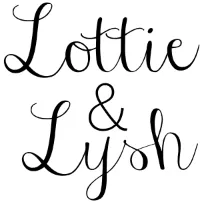
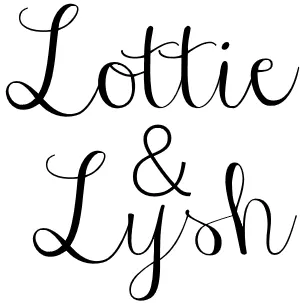
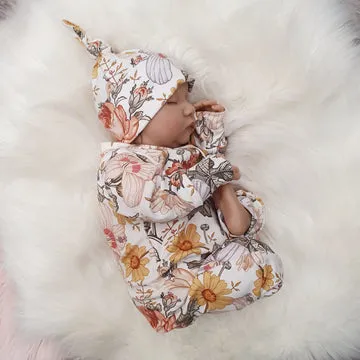
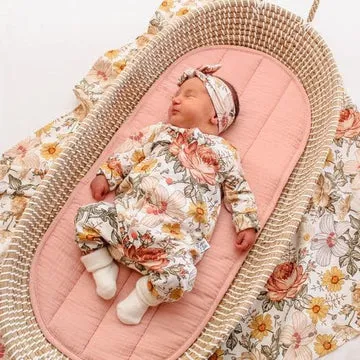
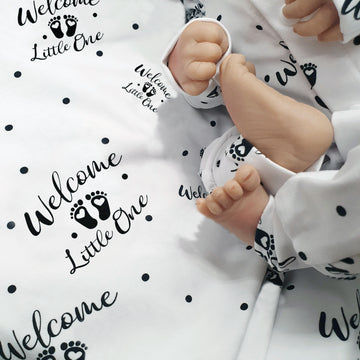

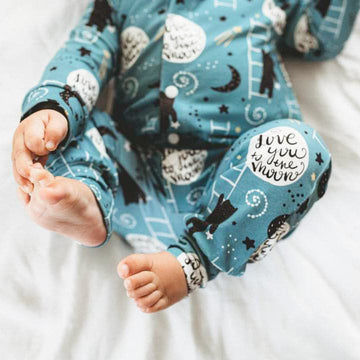
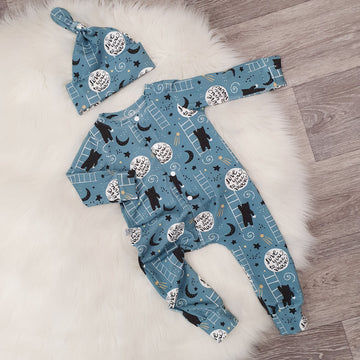
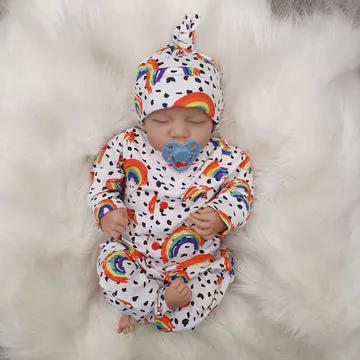
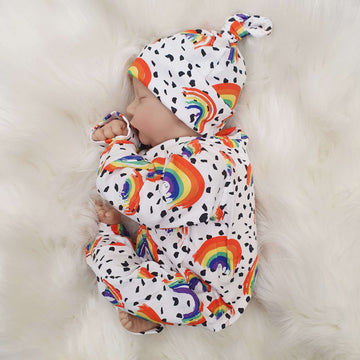
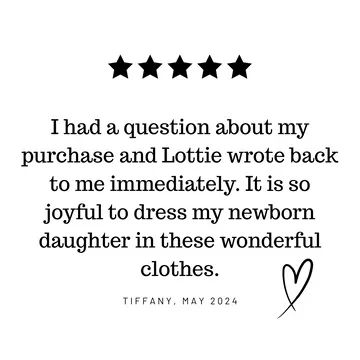
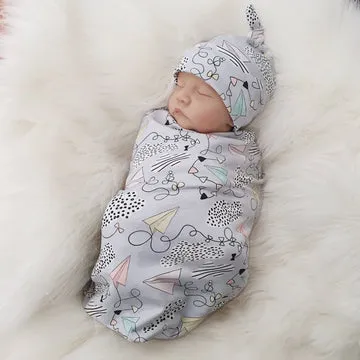
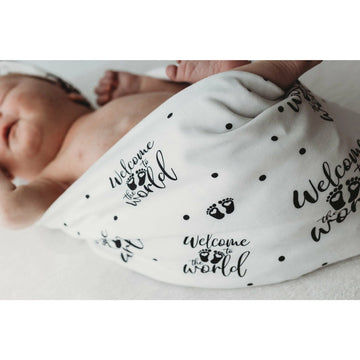
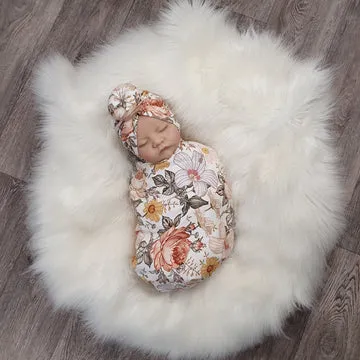
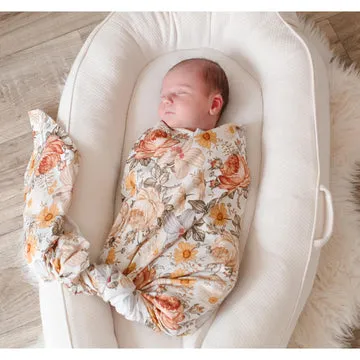
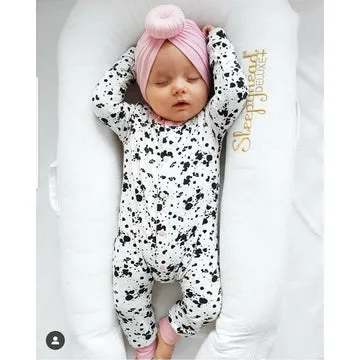
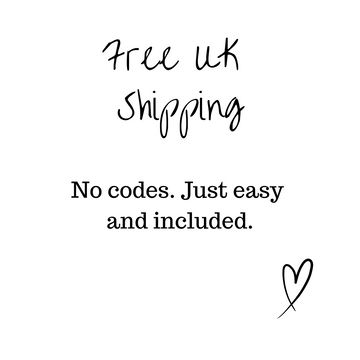
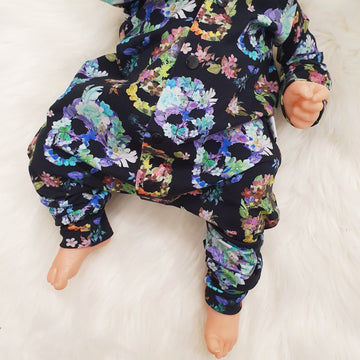

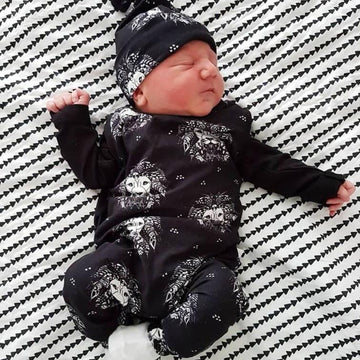
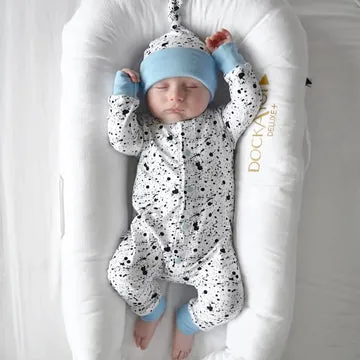
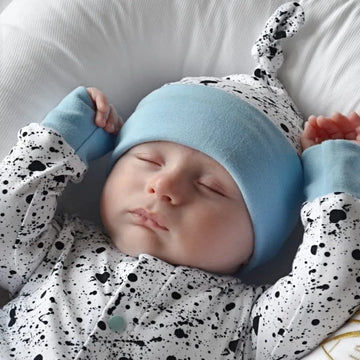
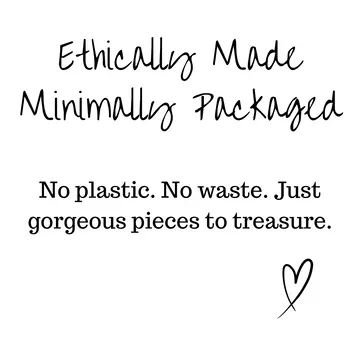
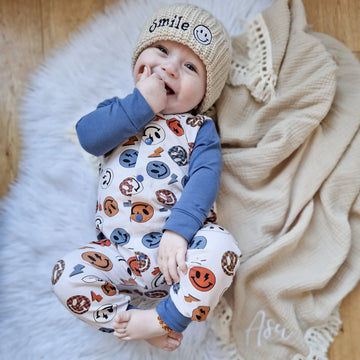
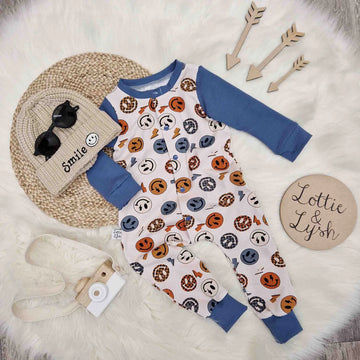
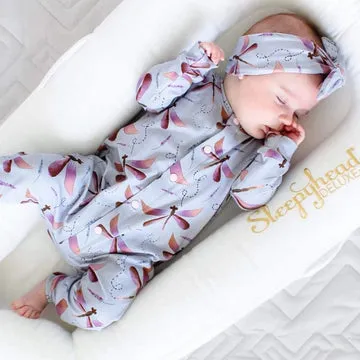

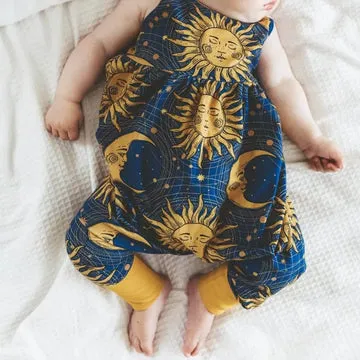
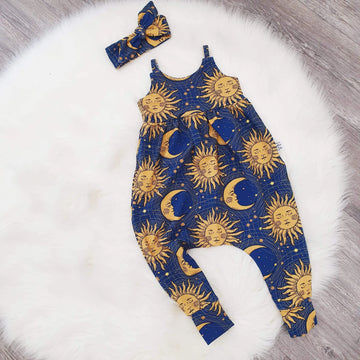
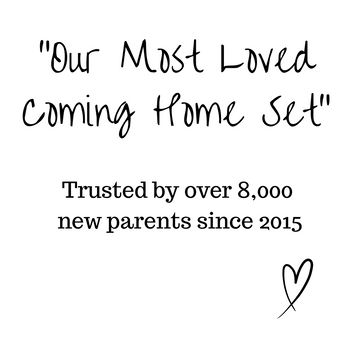

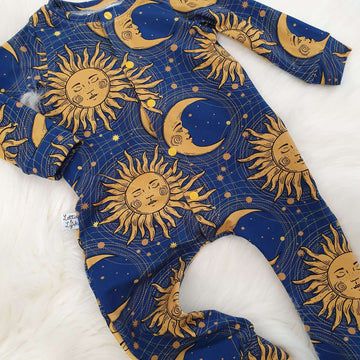
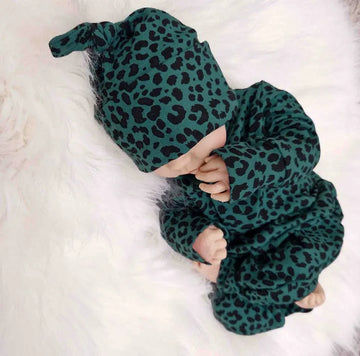
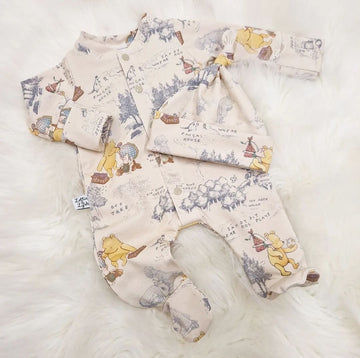
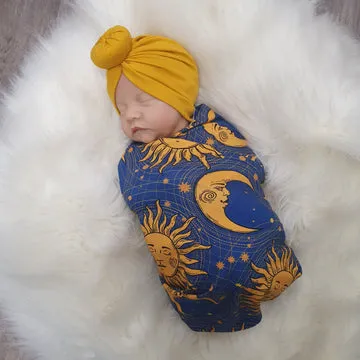

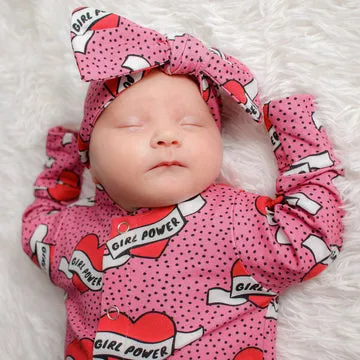
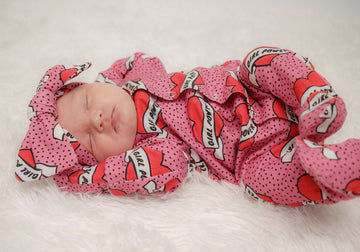
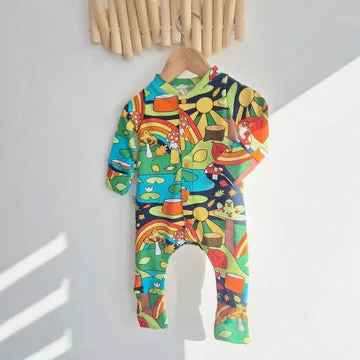
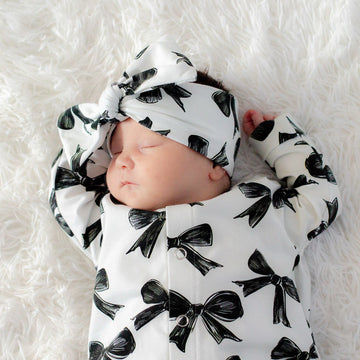
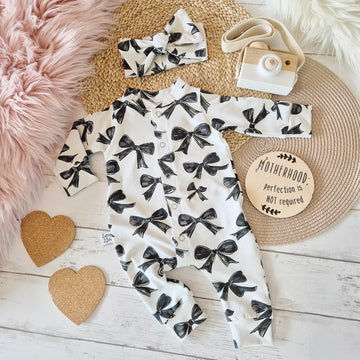
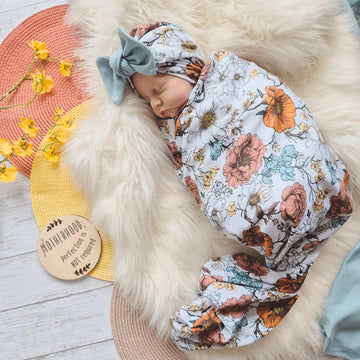
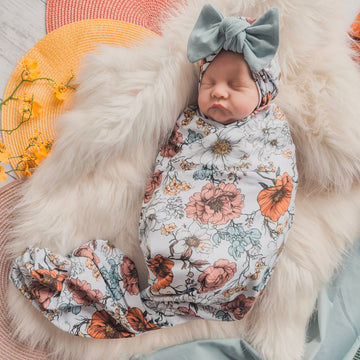
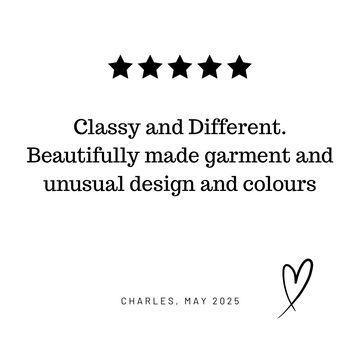


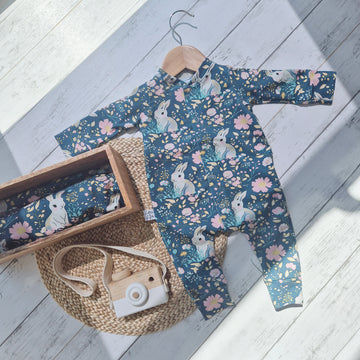
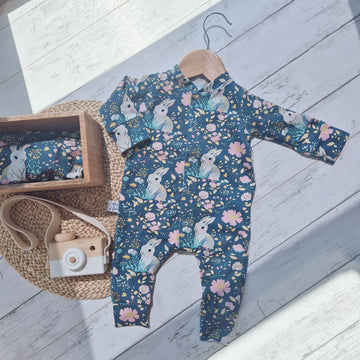
0 comments